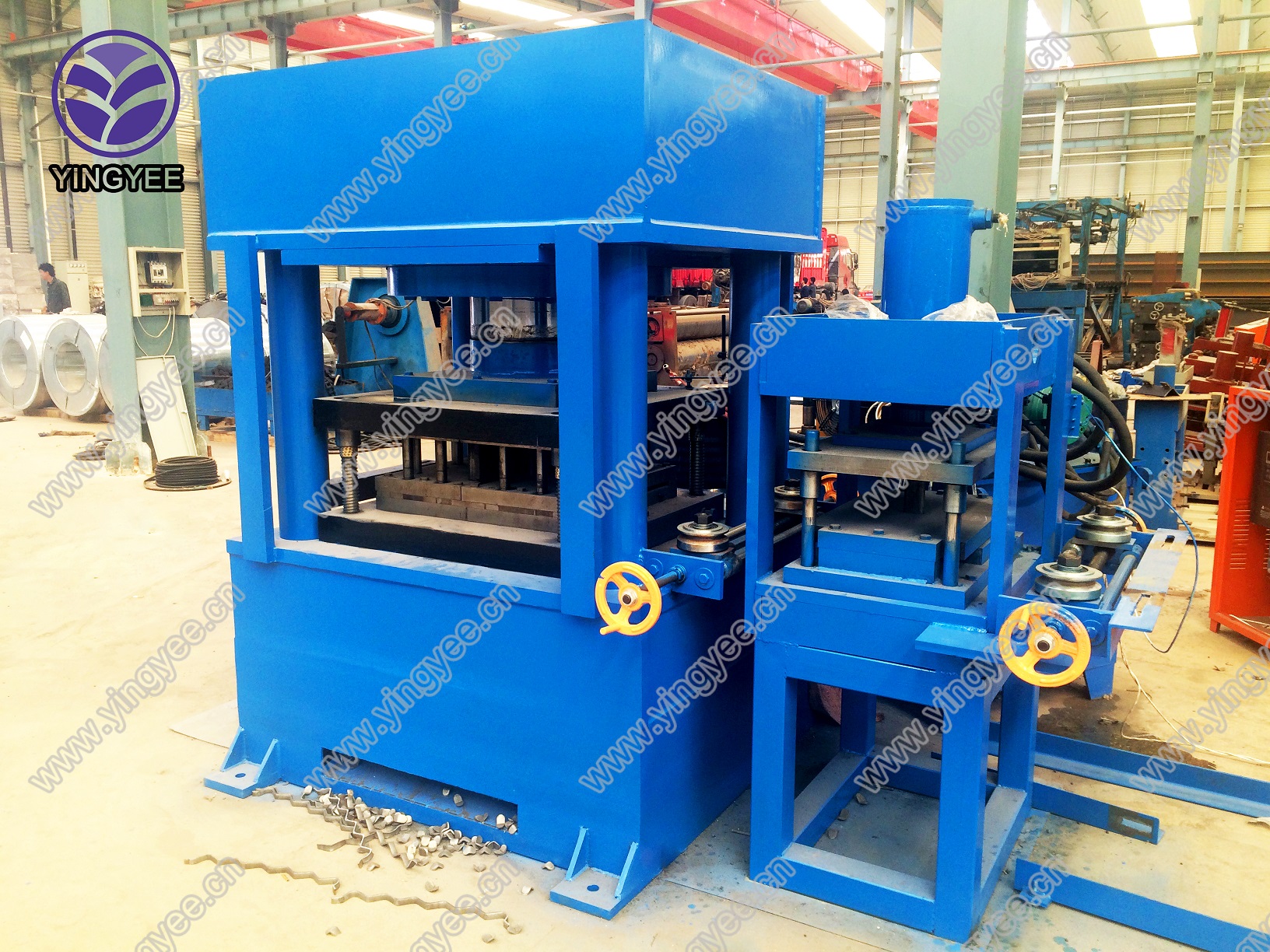
Stud and Track Keel Roll Forming A Comprehensive Overview
Roll forming is a manufacturing process that involves the continuous bending of material, typically sheet metal, through a sequence of rolls or dies. One of the most popular applications of roll forming is in the production of stud and track systems, which are essential components in the construction and manufacturing industries. This article explores the intricacies of stud and track keel roll forming, its advantages, applications, and the technology involved in this efficient production method.
Understanding the Basics
Studs and tracks are fundamental elements in building structures, particularly in the creation of walls and partitions in commercial and residential construction. The stud serves as the vertical support, while the track acts as a horizontal guide at the top and bottom of the assembly. These components are typically made from steel due to its strength, durability, and versatility. Roll forming can produce these components in a variety of sizes and shapes, catering to different structural requirements.
The Roll Forming Process
The roll forming process for studs and tracks begins with feeding a coil of metal, usually steel, into a series of rollers. The rollers are precisely designed to gradually shape the material into the desired profile. The process generally involves several key steps
1. Coil Preparation High-quality steel coils are chosen based on the specifications required for the end product. The coil is then unrolled and fed into the forming machine.
2. Roll Design The rolls are designed to create specific shapes. For stud and track profiles, the rolls might include adjustments for flanges, grooves, and slots, allowing for added functionality.
3. Forming As the metal passes through the rollers, it is continually shaped through successive stations. The gentle bending process ensures minimal stress on the material, resulting in a final product that maintains its structural integrity.
4. Cutting and Finishing Once the profile is formed, it is cut to the desired length. Additionally, finishing touches such as punching holes for fasteners or adding protective coatings can be applied.
Advantages of Stud and Track Roll Forming
Roll forming provides several advantages over traditional manufacturing methods

- Efficiency Continuous production means that large quantities of studs and tracks can be manufactured quickly. The process minimizes waste, as excess material can often be recycled.
- Consistency The use of automation in roll forming ensures uniformity in the shape and size of the components produced. This consistency is crucial for structural integrity and fitting during construction.
- Versatility Roll forming can produce a wide variety of profiles, making it suitable for different applications beyond just studs and tracks. Custom shapes can also be created to meet specific customer needs.
- Cost-Effectiveness With reduced material waste, lower labor costs, and a streamlined process, roll forming can be more economical than other manufacturing techniques, especially for high-volume production.
Applications in Construction
The stud and track systems created through roll forming are essential in various applications
1. Drywall Systems These components are commonly used in wall framing for drywall installations, providing a sturdy and reliable framework.
2. Ceiling Systems Roll-formed tracks are integral to ceiling installations, ensuring that ceilings are well-supported and positioned.
3. Modular Construction With the increasing popularity of modular construction techniques, roll-formed studs and tracks allow for quick assembly and flexibility in design.
4. Industrial Applications Beyond residential and commercial buildings, stud and track systems are used in factories, warehouses, and other industrial settings where structural support is essential.
Conclusion
Stud and track keel roll forming represents a significant advancement in the manufacturing processes utilized in the construction sector. This method provides a multitude of benefits that enhance efficiency, reduce costs, and ensure high-quality production of essential building components. As the industry continues to evolve, the role of roll forming in creating reliable, durable, and versatile building systems will undoubtedly expand, catering to the needs of modern construction demands. Whether in residential, commercial, or industrial applications, roll-formed studs and tracks are essential to the integrity and functionality of structures worldwide.